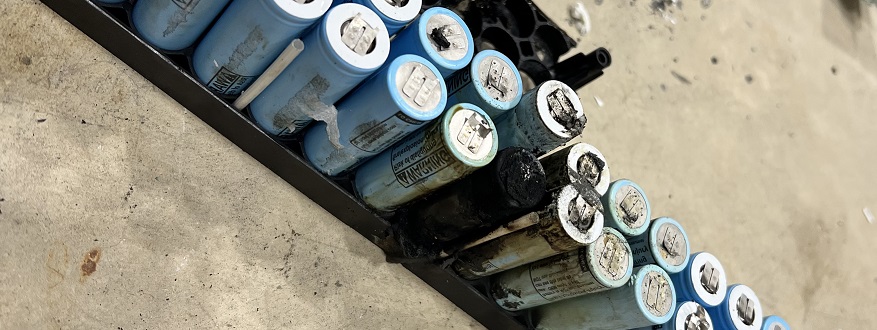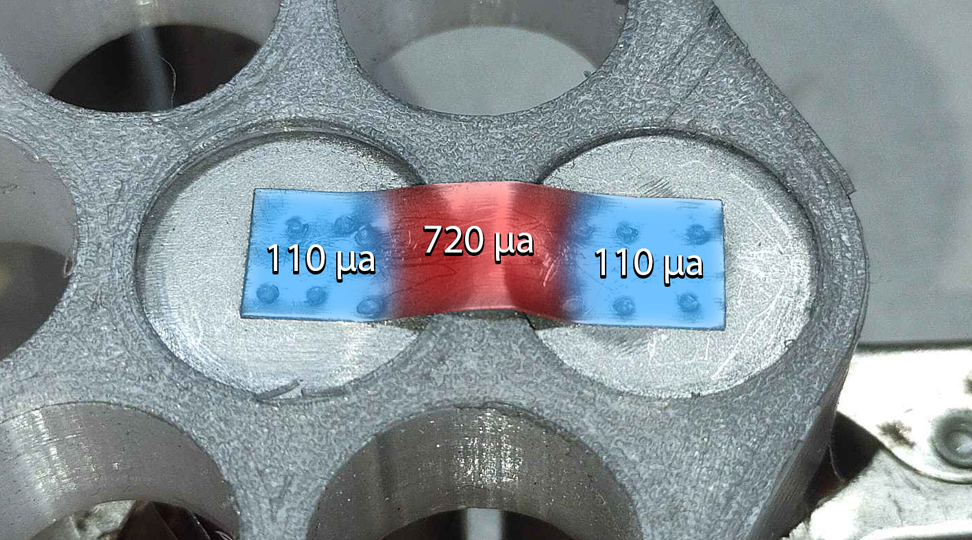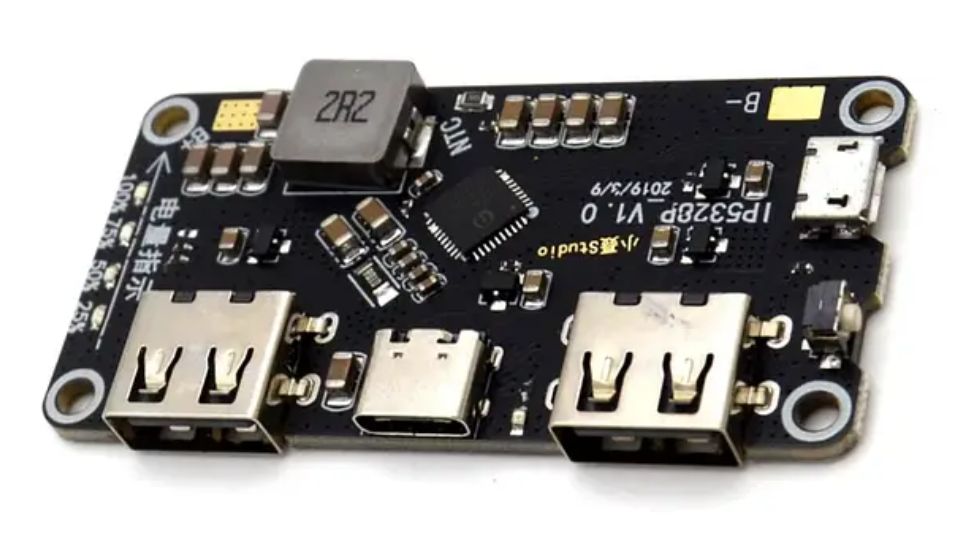
How Can You Tell if a Battery is Bad?
Table of Contents
Swelling or bulging, reduced capacity, rapid discharge, inconsistent charging, unexpected device shutdowns, excessive heat generation, poor voltage, capacity, and internal resistance tests are all strong indicators that a lithium-ion battery is bad.
Signs & Symptoms of a Bad Battery
Before having to resort to testing your lithium battery, there are several external signs you can assess. These signs can quickly tell you if a battery has gone bad without having to buy a tester or any other specialty equipment.
- Physical Inspection: One of the most obvious indicators of a failing lithium-ion battery is swelling, bulging, or any signs of leaking. A healthy battery should totally retain its original shape unless it's a LiPo pack that swells to some degree under normal operation. Any noticeable deformation is a red flag. Leaking, rusted, or corroded surfaces are always a strong indicator that a battery is bad.
- Performance Indicators: A decrease in the battery's capacity or energy storage is a common sign of degradation. If you notice that your device's battery life has significantly reduced, even after you fully charge it, it generally means that your battery is going bad. Also, if a battery is experiencing a high degree of internal self-discharge (self-draining), then you more than likely have one or more micro shorts within one or more cells. That one is a super clear indication of a bad battery.
- Strange Smells: The inside of a lithium-ion battery, for whatever reason, smells sort of sweet. So, if there are no visible signs of a battery being bad, just smell it. If it has a strange, chemically sweet smell, then chances are the battery is bad.
Testing If A Battery Is Bad
There are several steps in battery testing to help determine if a battery is bad. These are more comprehensive tests that you can perform. With that added effort you get a much more accurate picture to tell you if the battery has gone bad.
Voltage Test: One of the quickest ways is to check the battery’s voltage. If you are dealing with a single cell, the voltage should never be lower than 2.5 or higher than 4.2 for NMC 18650 cells. You can use these numbers to extend to multi-cell battery packs by multiplying those figures by the number of cell groups. For example, a 36V battery has 10 cell groups. So, if you test a 36V battery and its voltage is lower than 25 or higher than 42, it's most likely bad. To take this one step further you can test the voltage of individual cell groups the same voltage rules will apply. After doing this if you find one or more groups with varying voltages from the rest you may be able to repair your lithium battery pack.
[[ aff type=aff ~ link=https://amzn.to/3zK7v4B ~ title=`Digital Multimeter` ~ image=https://admin.cellsaviors.com/storage/multimeter.jpg ~ description=`Versatile backlit multimeter capable of measuring voltage, capacitance, frequency, resistance. ` ~ height=small ~ buttonText=`Check price` ]]
NOTE: A BMS, when in sleep mode or switched off, can cause a battery to produce a very low voltage in the single digits, and even 0 volts flat, which is what happens most of the time. In these cases, it's best to take apart the battery pack and test the voltage of the pack before the BMS. Better yet, if you have the pack taken completely apart, you might as well voltage-check the cell groups individually.
Voltage Drop Test: Another thing you can do is check voltage drop. You can put a 1 Amp load on a known-good battery pack and see how that lowers the voltage. Then, you can compare that to a known battery of the same voltage and configuration to get a bead on its health. Going a step further, you can do some math to find out the battery pack’s internal resistance.
Capacity Test: This is a little more complicated of a test as it will require some equipment but is a good way to check to see if your battery has gone bad. When you buy a battery pack it should have a label that shows the capacity. Running a capacity test will show how far off from the original capacity the pack currently is. Once a pack dips below 80% or a loss of 20%, it's in or nearing its end of life. You will need a capacity tester to perform this test.
[[ aff type=aff ~ link=https://amzn.to/3qpIoDJ ~ title=`180W Battery Capacity Tester` ~ image=https://admin.cellsaviors.com/storage/180w-load.jpg ~ description=`You can test batteries with a voltage range of 2~200V @ a current of 0.2~20A this is limited to 180W.` ~ height=small ~ buttonText=`Check Price` ]]
ISR Test: This test is my personal favorite way to quickly identify the health of a battery pack. However, it requires a lot of math and an understanding of Ohm Law, so capacity testing above is preferred. Internal resistance is a measure of the resistance to the flow of electricity within the system. High ISR is bad it means you are working a pack hard to pull power from it. Low is good for the opposite reason, energy flows easily. Using Ohm law, a multimeter, and a known load you can identify the overall ISR of the battery pack. With that, you can determine voltage drop at given loads. Based on the rate of voltage drop you can assess if your pack is still useable or if the battery is bad.
[[ aff type=aff ~ link=https://amzn.to/3JAaOT5 ~ title=`YR1035+ 4 Line IR Tester ` ~ image=https://admin.cellsaviors.com/storage/yr1035 ir tester.jpg ~ description=`` ~ height=small ~ buttonText=`Check Price` ]]
When to Replace or Dispose of a Battery
While batteries can degrade over time, certain indicators suggest the need for replacement or disposal. If your battery only holds 80% or less of what it used to be able to do, then it’s pretty much shot and needs replacing. Batteries that are several years old do exhibit a small amount of age-related wear, but almost none compared to cycle wear. So, batteries being a little older doesn't warrant their disposal.
Once a battery reaches its main end of life it can still be used in less intensive uses. Cells from the bad battery can be salvaged and reused in things like a USB power bank where the load on them is significantly lower.



